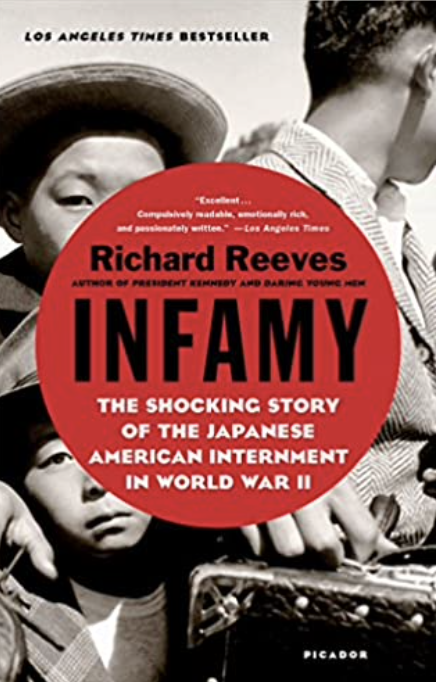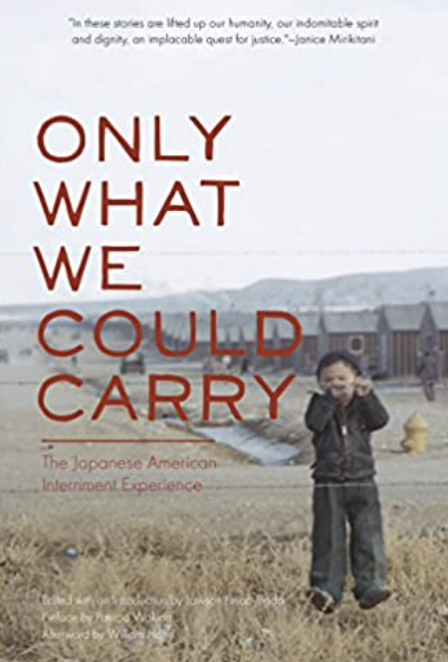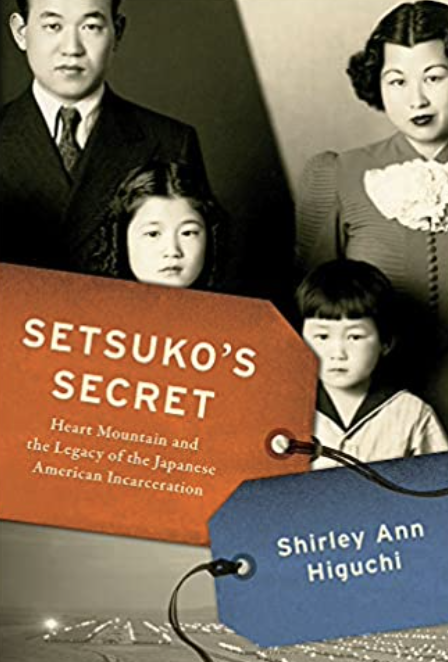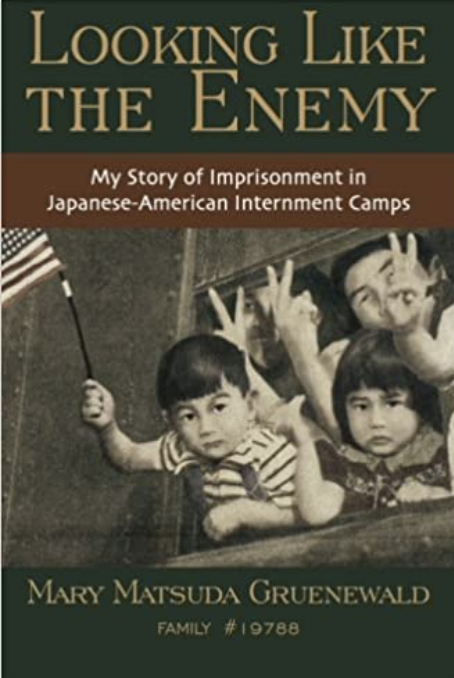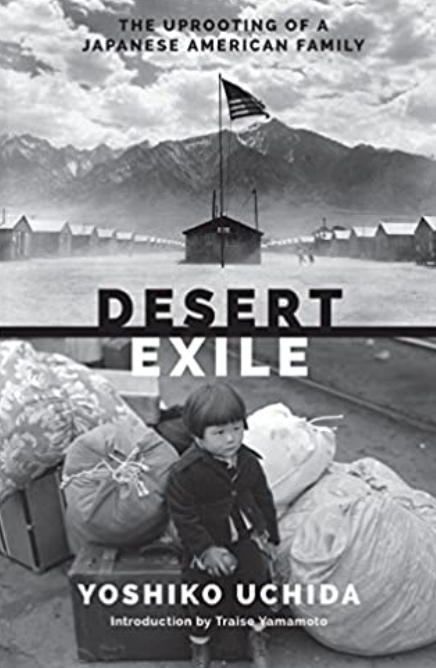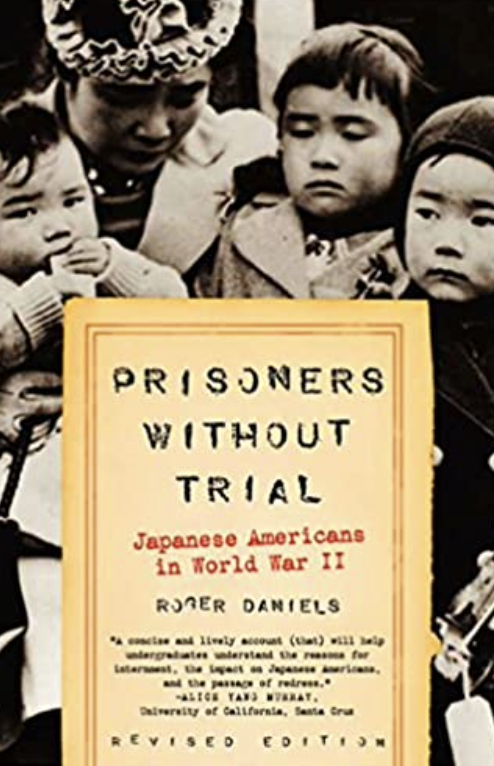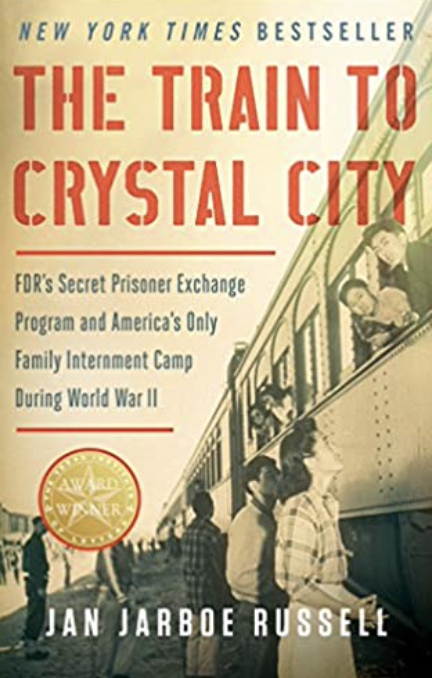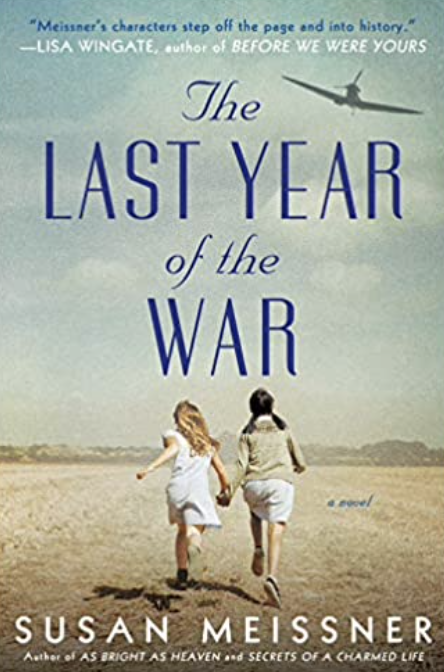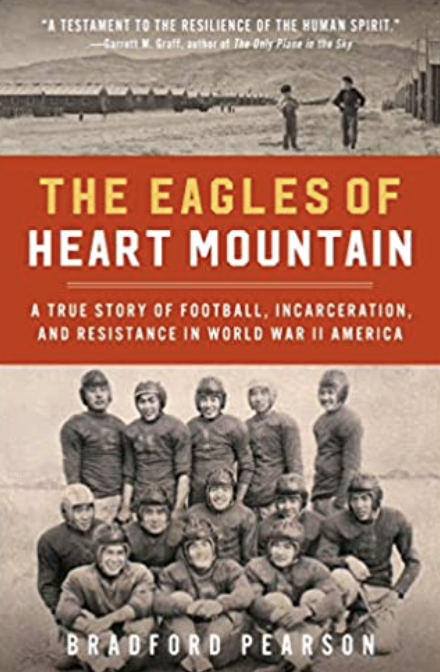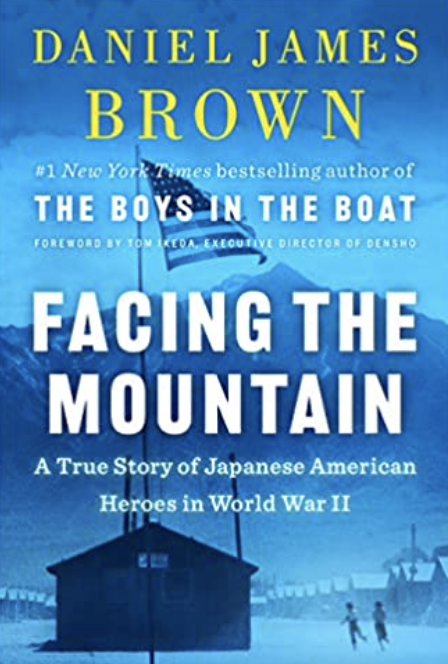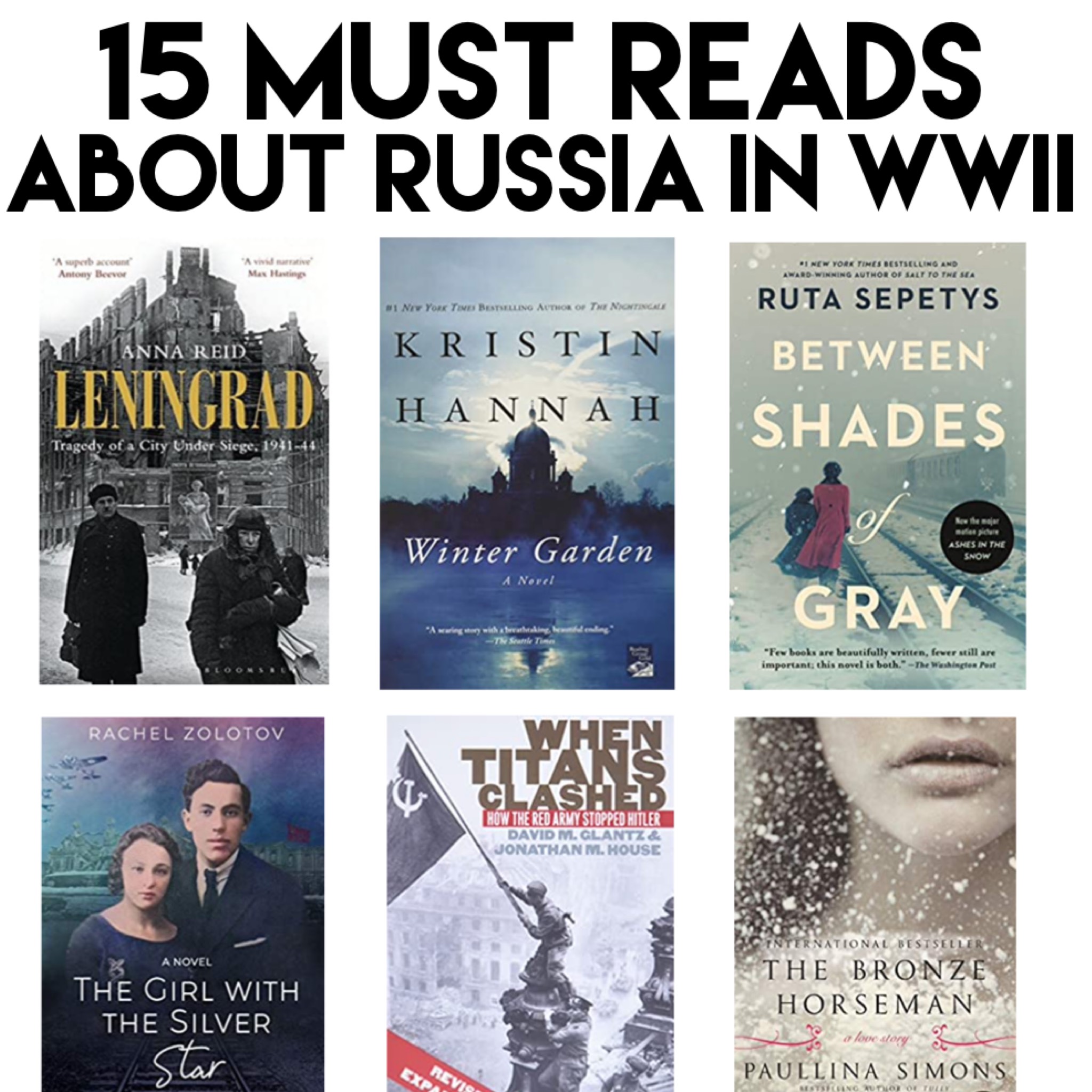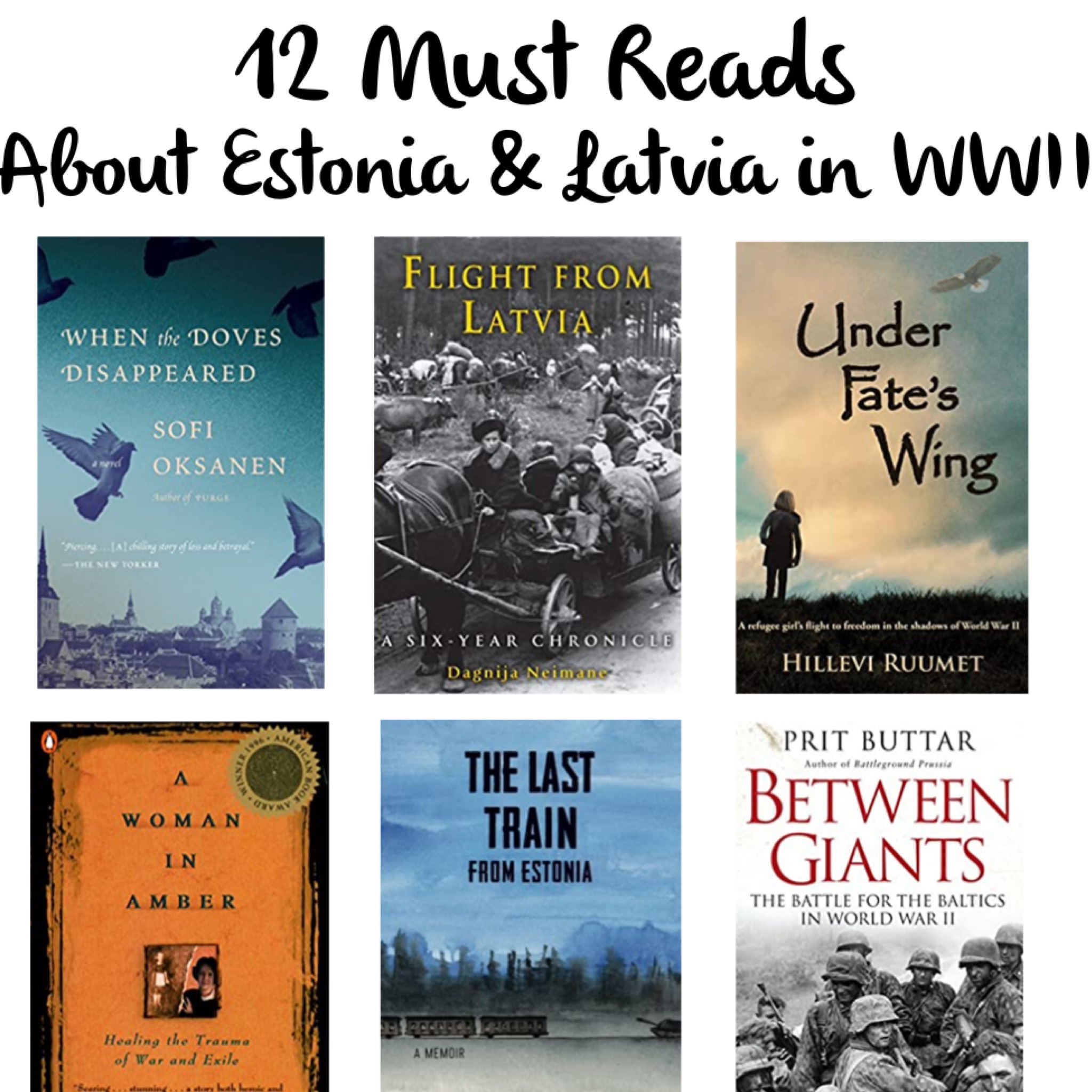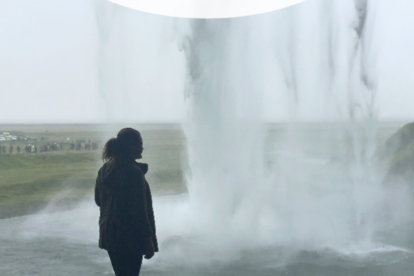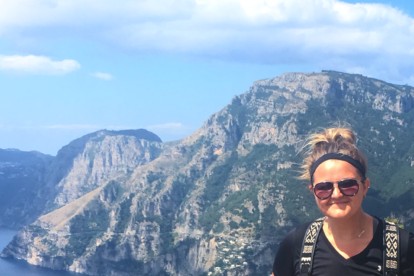This book list on the 13 books to read to learn about the Japanese Internment Camps in America aims to help us better understand how this shameful period of US history happened, and what the human cost was. Shortly after Pearl Harbor, the U.S. Government issued executive orders that forced Japanese American families across the country out of their homes, their businesses and onto trains, for no crime other than being of Japanese decent. They would end up living in internment camps, scattered across the United States for the duration of World War Two, lives upended and never the same again.
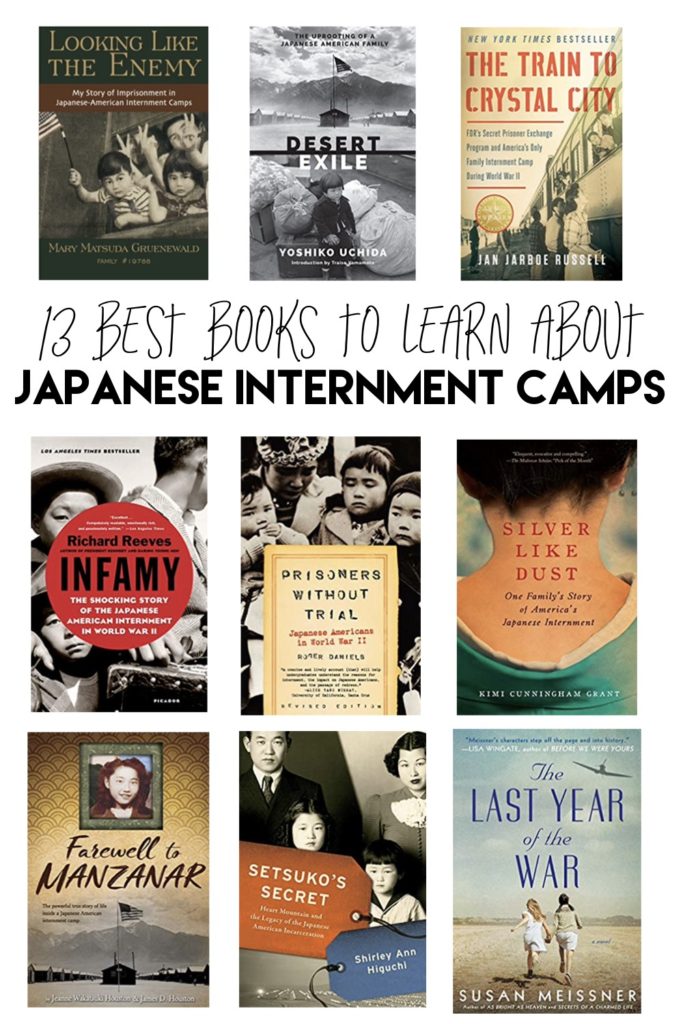
Other book lists you may like: 15 Best Books About WWII in the European Theater, Best Books About Poland During WWII
Infamy: The Shocking Story of the Japanese American Internment in World War II by Richard Reeves
Almost immediately after Japan bombed Pearl Harbor, FDR signed an executive order that forced Japanese Americans into internment camps for the rest of war. Their homes and businesses were raided, property stolen, and they were arrested if they resisted the deportation. The only crime they committed was being Japanese American. In this incredibly well researched and written narrative, historian Richard Reeves tells the stories of this atrocity through the stories of those who endured them, including some who joined the military even though their country imprisoned their family, and others who went to the Supreme Court to fight for their rights and freedom. It’s also a balanced look at how men who many consider heroes, like FDR, in this case were anything but. It’s an important piece of our history that every American should be aware of, and this book is a great all-encompassing way to learn.
Only What We Could Carry: The Japanese American Internment Experience by Lawson Fusao Inada, Patricia Wakida and William Hohri
Through personal documents, art, and propaganda, Only What We Could Carryexpresses through words, art, and haunting recollections, the fear, confusion and anger of the camp experience. The only anthology of its kind, this book is an emotional and heart-wrenching testament to the dignity, spirit and strength of the Japanese American internees.
Setsuko’s Secret: Heart Mountain and the Legacy of the Japanese American Incarceration by Shirley Ann Higuchi
Shirley’s mother never spoke of her life in the Japanese internment camp, even though she had been volunteering and donating to the museums in secret for many years. It was a great source of shame for their parents, who met at Heart Mountain. It’s not until Shirley’s mother receives a cancer diagnosis that she begins to open up about what that period of her life was like, and it sent Shirley on a quest for information. Navigating the complicated terrain of the Japanese American experience, Shirley pieced together Setsuko’s story and came to understand the generational trauma that shaped her own life.
Looking Like The Enemy by Mary Matsuda Gruenewald
At 16, Mary Matsuda was given an indefinite sentence and lived behind barbed wire in a crowded, dehumanizing internment camp on the west coast. Then at almost 80, she was ready to write the story of her struggle for dignity and survival as she came of age while experiencing one of the greatest injustices the US has committed against its own citizens. Few other books on this subject come close to the moral significance of this memoir.
Desert Exile by Yoshiko Uchida
Desert Exile is Uchida’s autobiographical account of her life before and during World War II in America. Her description does more than take you through the day-to-day experience of life in Utah where she was interned, it tells a moving story of courage, hope and strength of those she was imprisoned with.
Prisoners Without Trial: Japanese Americans in WWII by Roger Daniels
This is a good introductory book about one of the most shameful chapters of American history. The US systematically arrested and relocated 120,000 Americans to internment camps across the country and this well researched book takes you through the political maneuvering and degradation that took place during this time.
Silver Like Dust by Kimi Cunningham Grant
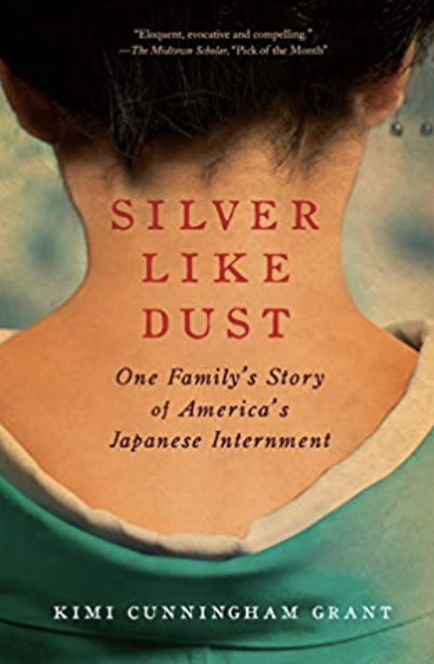
This is a story of a Japanese American woman who has only ever heard whispers about what her grandmother went through when she was a prisoner for 5 years. Her grandmother never spoke of what she endured, and it was a source of great shame for her, embarrassed by what her country had done to her and her family. When Kimi starts to repair her relationship with her Japanese culture she’s tried to avoid all of her life, she begins to learn about the racism and paranoia that engulfed the United States after Pearl Harbor, about her grandmother’s traumatic train ride to the internment camp, and about what thousands of men, women and children like her grandmother experienced at the hands of their own government.
Midnight in Broad Daylight: A Japanese American Family Caught Between Two Worlds by Pamela Rotner Sakamoto
Meticulously researched and beautifully written, the true story of a Japanese American family that found itself on opposite sides during World War II—an epic tale of family, separation, divided loyalties, love, reconciliation, loss, and redemption—this is a riveting chronicle of U.S.–Japan relations and the Japanese experience in America.
Farewell to Manzanar by Jeanne Wakatsuki Houston & James D. Houston
High in the desert area of California, Manzanar was created with the purpose to house thousands of Japanese Americans. The Wakatsuki family was among them. They were ordered by the government to leave their fishing business in Long Beach and take with them only the belongings they could carry. Jeanne Wakatsuki Houston, who was seven years old when she arrived at Manzanar in 1942, recalls life in the camp through the eyes of the child and the trauma she endured, in a way that shows just how powerful the human spirit can be, even in the face of the worst of humanity.
The Train to Crystal City: FDR’s Secret Prisoner Exchange Program and America’s Only Family Internment Camp During World War II by Jan Jarboe Russell
During WWII Japanese and German Americans were taken from their homes and put onto trains. Thousands arrived in Crystal City, Texas, an internment camp that was the center of a prisoner exchange program FDR had established. Hundreds of prisoners were “exchanged” for POWs that were behind enemy lines in Japan and Germany. This book is an in-depth page turner about two girls and what happened to their families in the internment camp, and the years they spent trying to get their loved ones “home” to America.
The Last Year of the War by Susan Meissner
This historical fiction novel details the friendship of two American teenagers who’ve both found themselves in one of American’s internment camps, The Last Year of the War is an eye opening read about the prejudice and hatred that plagued this era and how these girls who’ve only known themselves as American got through their days in the camp and then the reparation overseas as part of the prisoner exchange program.
The Eagles of Heart Mountain: A True Story of Football, Incarceration, and Resistance in World War II America by Bradford Pearson
Behind barbed wire fences, the Japanese Americans who were forcibly removed from their homes and imprisoned in Wyoming, one of the internment camps set up by the U.S. government, tried to recreate the comforts of home. They created a football team, the Eagles, which was allowed to play nearby high schools. This team went undefeated against predominantly all white high schools. Although even with all of this excitement for those living in the internment camp, there was always the looming backdrop of American politics and war. When the government came in and drafted the men from the camps to the front lines, the young men of the Eagles had to choose to resist, or join the army, and either way- suffer the consequences. This is a true, heartbreaking look at how much these boys fought for their freedom, and had to do it both at home and at war.
Facing the Mountain: A True Story of Japanese American Heroes in World War II by Daniel James Brown
Based on extensive interviews with the families, as well as archival research, this book brings us the journey of four Japanese-American families and their sons, who volunteered for 442nd Regimental Combat Team and were deployed to France, Germany, and Italy. It’s more than a story of war, however. It’s also a story of resistance, of those who stood up against their government for their own rights- a government who forced them to hand over their businesses, their homes and enter into concentration camps.
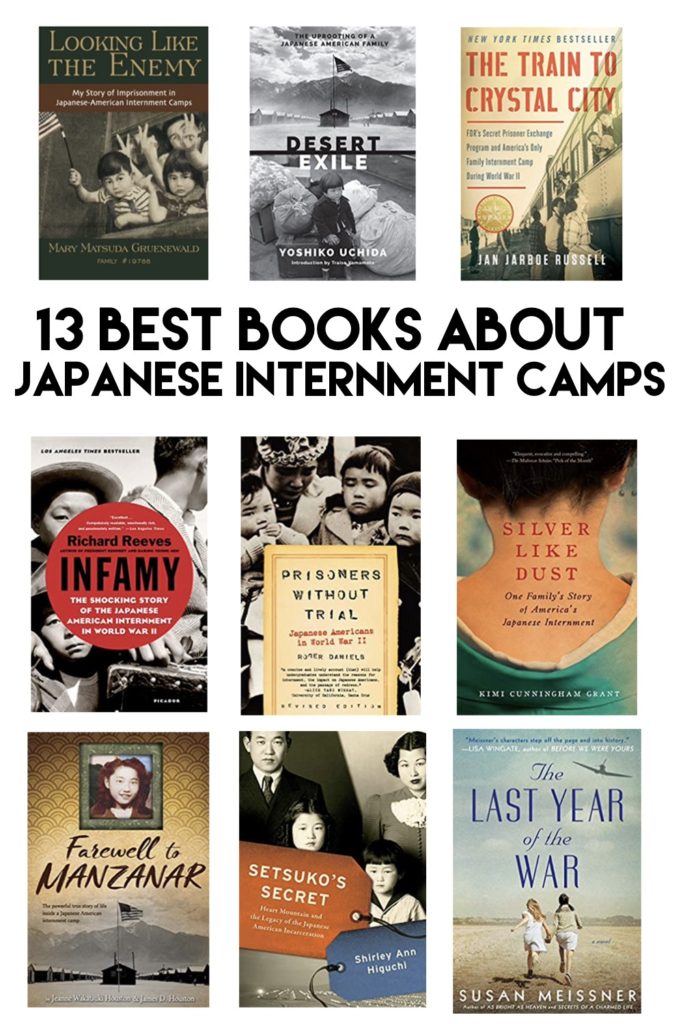
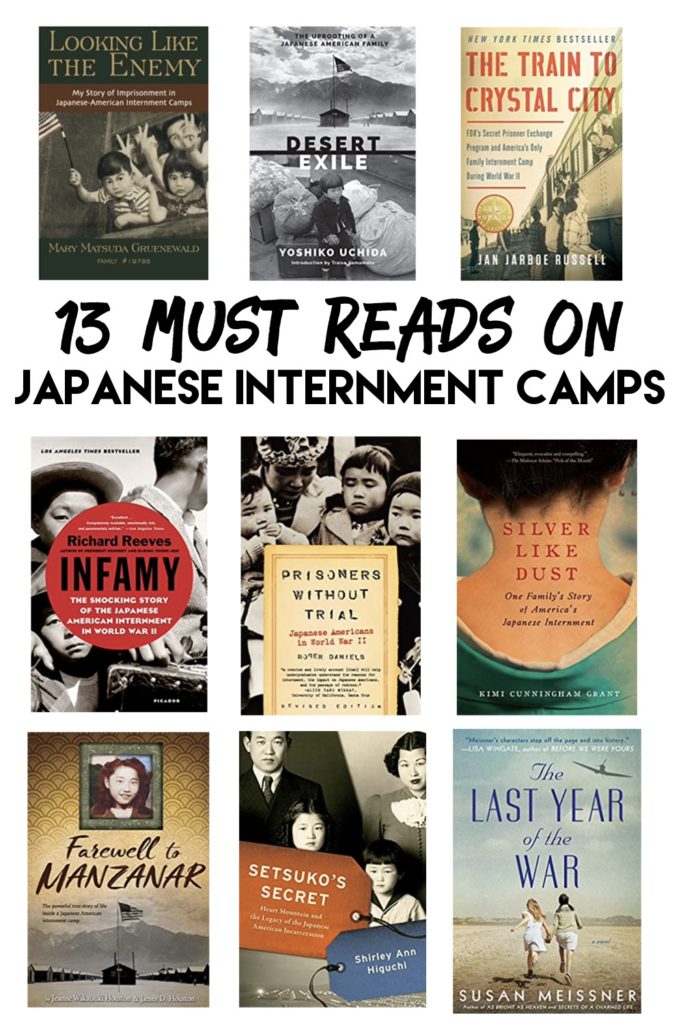
This 13 Best Books About the Japanese Internment Camps post may contain some links that are affiliate links, though products are ones I use personally and recommend. When you purchase anything using my links, it costs you absolutely nothing extra, but it does give carryonbailey.com a little financial support which helps to keep this blog running. Thank you for your continued support, both with your dollars and you!
